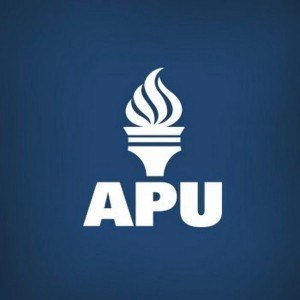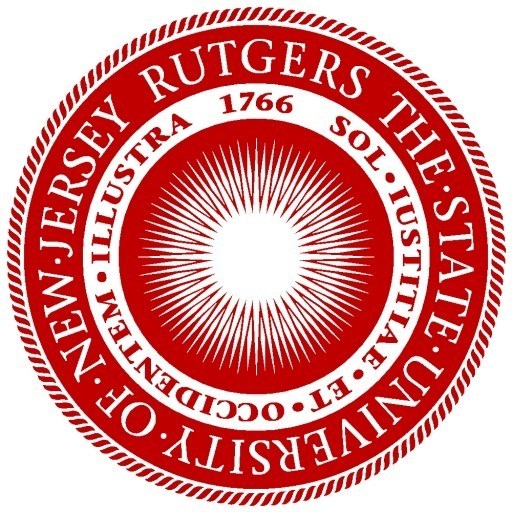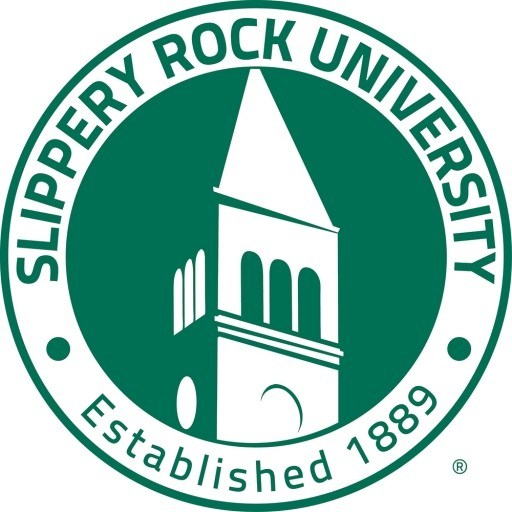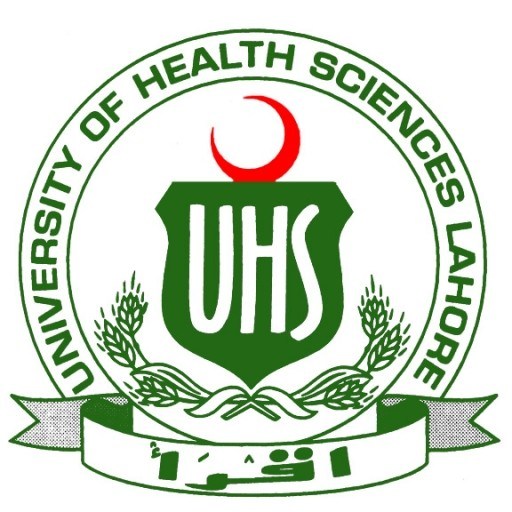Photos of university / #tamu
Public Health at Texas A&M University offers a comprehensive undergraduate program designed to prepare students for impactful careers in community health, disease prevention, health policy, and health education. The curriculum combines foundational coursework in biomedical sciences, social sciences, and behavioral sciences with practical training in epidemiology, environmental health, biostatistics, and health promotion. Students are encouraged to develop critical thinking skills and gain hands-on experience through internships, research projects, and community engagement activities. The program emphasizes a multidisciplinary approach to solving complex health issues facing diverse populations both locally and globally. Graduates will be equipped to pursue careers in public health agencies, non-profit organizations, healthcare institutions, and research labs, or to continue their education in graduate or professional schools. Faculty members are actively involved in innovative research and community outreach, fostering an environment of learning and discovery. With a focus on evidence-based practices and cultural competence, the program aims to produce leaders who can address health disparities, develop effective health policies, and improve health outcomes for underserved populations. The interdisciplinary nature and state-of-the-art facilities at Texas A&M University provide students with the resources necessary for a successful career in public health.
| First Year | ||
|---|---|---|
| Fall | Semester Credit Hours | |
| BIOL 111 | Introductory Biology I | 4 |
| Communication | 3 | |
| Mathematics | 3 | |
| Social and Behavioral Sciences | 3 | |
| Term Semester Credit Hours | 13 | |
| Spring | ||
| BIOL 112 | Introductory Biology II | 4 |
| Communication | 3 | |
| Mathematics | 3 | |
| Creative arts | 3 | |
| Term Semester Credit Hours | 13 | |
| Second Year | ||
| Fall | ||
| POLS 206 | American National Government | 3 |
| CHEM 101 & CHEM 111 |
Fundamentals of Chemistry I and Fundamentals of Chemistry Laboratory I |
4 |
| American history | 3 | |
| Free Electives 1 | 6 | |
| Term Semester Credit Hours | 16 | |
| Spring | ||
| POLS 207 | State and Local Government | 3 |
| Language, philosophy and culture | 3 | |
| American history | 3 | |
| Free Electives 1 | 6 | |
| Term Semester Credit Hours | 15 | |
| Third Year | ||
| Fall | ||
| PHLT 302 | Foundations of Public Health | 3 |
| PHLT 303 | Social Context of Population Health | 3 |
| PHLT 304 | Biological Basis of Public Health | 3 |
| PHLT 310 | Public Health Writing | 1 |
| PHLT 313 | Health Care and Public Health System | 3 |
| PHLT 314 | Public Health Data Management and Assessment I | 2 |
| Term Semester Credit Hours | 15 | |
| Spring | ||
| PHLT 305 | Epidemiology in Public Health | 3 |
| PHLT 309 | Population Health Promotion | 3 |
| PHLT 311 | Narrative Approach to Public Health | 1 |
| PHLT 330 | The Environment and Public Health | 3 |
| PHLT 412 | Health Advocacy and Policy | 3 |
| PHLT 315 | Public Health Data Management and Assessment II | 2 |
| Term Semester Credit Hours | 15 | |
| Fourth Year | ||
| Fall | ||
| PHLT 410 | Public Health Communication | 3 |
| PHLT 411 | Project Management in Public Health | 3 |
| PHLT 441 | Strategies for Population Health Improvement | 3 |
| BSPH Directed Electives 2 | ||
| Select nine hours from the following: | 9 | |
|
BESC 314 |
Pathogens, the Environment and Society | |
|
BESC 367 |
U.S. Environmental Regulations | |
|
BESC 401 |
Bioenvironmental Microbiology | |
|
BICH 410 |
Comprehensive Biochemistry I | |
|
BICH 411 |
Comprehensive Biochemistry II | |
|
BICH 412 |
Biochemistry Laboratory I | |
|
CHEM 227 |
Organic Chemistry I | |
|
CHEM 237 |
Organic Chemistry Laboratory | |
|
CHEM 228 |
Organic Chemistry II | |
|
CHEM 238 |
Organic Chemistry Laboratory | |
|
ENTO 210 |
Global Public Health Entomology | |
|
ENTO 423 |
Medical Entomology | |
|
ENTO 431/FIVS 431 |
The Science of Forensic Entomology | |
|
ENTO 432/FIVS 432 |
Applied Forensic Entomology | |
|
GENE 301 |
Comprehensive Genetics | |
|
GENE 312 |
Comprehensive Genetics Laboratory | |
|
GENE 320/BIMS 320 |
Biomedical Genetics | |
|
PHLT 333 |
Accident Investigation | |
|
PHLT 334 |
Fire Safety and Workplace Hazards | |
|
PHLT 335 |
Hazardous Materials | |
|
PHLT 416 |
Public Health Leadership and Ethics | |
|
PHLT 485 |
Directed Studies | |
|
PHLT 489 |
Special Topics In... | |
|
PHYS 201 |
College Physics | |
|
PHYS 202 |
College Physics | |
|
URPN 370 |
Health Systems Planning | |
|
URPN 371 |
Environmental Health Planning and Policy | |
|
VIBS 401 |
Developmental Neurotoxicology | |
|
VIBS 407/NRSC 407 |
Core Ideas in Neuroscience | |
|
VIBS 413 |
Introduction to Epidemiology | |
|
VIBS 420 |
Computer Applications in Public Health Research | |
|
VIBS 432 |
Public Health Practices | |
|
VTPB 408 |
Clinical Microbiology | |
|
VTPB 409 |
Introduction to Immunology | |
|
VTPB 438 |
Biomedical Virology | |
|
VTPB 487/BIOL 487 |
Biomedical Parasitology | |
| Term Semester Credit Hours | 18 | |
| Spring | ||
| PHLT 307 | Public Health in the Global Context | 3 |
| PHLT 415 | Emergency Management in Public Health | 3 |
| PHLT 445 | Applications of Public Health | 3 |
| BSPH Directed Electives 2 | ||
| Select six hours from the following: | 6 | |
|
BESC 314 |
Pathogens, the Environment and Society | |
|
BESC 367 |
U.S. Environmental Regulations | |
|
BESC 401 |
Bioenvironmental Microbiology | |
|
BICH 410 |
Comprehensive Biochemistry I | |
|
BICH 411 |
Comprehensive Biochemistry II | |
|
BICH 412 |
Biochemistry Laboratory I | |
|
CHEM 227 |
Organic Chemistry I | |
|
CHEM 237 |
Organic Chemistry Laboratory | |
|
CHEM 228 |
Organic Chemistry II | |
|
CHEM 238 |
Organic Chemistry Laboratory | |
|
ENTO 210 |
Global Public Health Entomology | |
|
ENTO 423 |
Medical Entomology | |
|
ENTO 431/FIVS 431 |
The Science of Forensic Entomology | |
|
ENTO 432/FIVS 432 |
Applied Forensic Entomology | |
|
GENE 301 |
Comprehensive Genetics | |
|
GENE 312 |
Comprehensive Genetics Laboratory | |
|
GENE 320/BIMS 320 |
Biomedical Genetics | |
|
PHLT 333 |
Accident Investigation | |
|
PHLT 334 |
Fire Safety and Workplace Hazards | |
|
PHLT 335 |
Hazardous Materials | |
|
PHLT 416 |
Public Health Leadership and Ethics | |
|
PHLT 485 |
Directed Studies | |
|
PHLT 489 |
Special Topics In... | |
|
PHYS 201 |
College Physics | |
|
PHYS 202 |
College Physics | |
|
URPN 370 |
Health Systems Planning | |
|
URPN 371 |
Environmental Health Planning and Policy | |
|
VIBS 401 |
Developmental Neurotoxicology | |
|
VIBS 407/NRSC 407 |
Core Ideas in Neuroscience | |
|
VIBS 413 |
Introduction to Epidemiology | |
|
VIBS 420 |
Computer Applications in Public Health Research | |
|
VIBS 432 |
Public Health Practices | |
|
VTPB 408 |
Clinical Microbiology | |
|
VTPB 409 |
Introduction to Immunology | |
|
VTPB 438 |
Biomedical Virology | |
|
VTPB 487/BIOL 487 |
Biomedical Parasitology | |
| Term Semester Credit Hours | 15 | |
| Total Semester Credit Hours: | 120 | |
Requirements
- Submit your application through APPLYTEXAS or THE COALITION. Only one application per student. Choice of application has no bearing on the admission decision. The name entered on the application must match the name on your passport. If your name does not fit in the space provided, enter as many characters as the space will allow.
- $90 PROCESSING FEE (nonrefundable/subject to change)
- Submit an official high school or senior secondary transcript according to the education system of your country (generally the last three to four years).
- If enrolled in the final year of secondary education at the time of application, an official transcript showing completed and in-progress coursework must be received by the deadline.
- If you have attended multiple schools (including US accredited schools) then a transcript is required from each institution.
- If you transferred your foreign credits to a US school then only the US transcript is needed.
- If your educational system includes O-levels and A-levels then the completed O-level results and projected A-level results must be received by the deadline.
- If graduated from high school an official transcript is required; it must include senior courses, a graduation plan and date of graduation.
- OFFICIAL SAT or ACT Scores
- a minimum TOEFL score of: 550 for paper-based testing (p-BT) or 80 internet-based testing (i-BT)
- a minimum SAT:
- Test date prior to March 2016-Critical Reading (Verbal) score of 500
- Test date after March 2016-Evidence Based Reading and Writing (EBRW) score of 560
- a minimum ACT English score of 21
- a minimum IELTS score of 6.0 overall band
- a minimum PTE Academic score of 53
The Bachelor of Science in Public Health at Texas A&M University offers a variety of funding options to support students throughout their academic journey. Students can explore different sources of financial assistance, including scholarships, grants, loans, and work-study programs. The university's Office of Financial Aid and Scholarships provides comprehensive information about eligibility requirements, application procedures, and deadlines for each type of aid. Scholarship opportunities may be available based on academic achievement, leadership qualities, and commitment to community service, among other criteria. Additionally, federal and state financial aid programs can help reduce the financial burden of higher education. Students are encouraged to complete the Free Application for Federal Student Aid (FAFSA) to determine their eligibility for grants and loans. Scholarships at Texas A&M University may be awarded automatically based on academic records or through competitive application processes, so prospective and current students should review specific scholarship offerings regularly. Loan options include federal Direct Loans, which typically offer fixed interest rates and flexible repayment plans. The university also participates in the Federal Work-Study Program, allowing students to earn money through part-time employment on campus to offset educational expenses. Moreover, external organizations, private foundations, and professional associations sometimes provide funding opportunities relevant to students pursuing Public Health degrees. It is advisable for students to start researching and applying for financial aid well in advance of academic deadlines to maximize their chances of securing necessary funding. Financial planning and budgeting are integral parts of the student experience at Texas A&M University, and dedicated staff are available to assist students in understanding their financial options and responsibilities. Overall, the university is committed to making Public Health education accessible and affordable to qualified students through a range of financial resources.
The Bachelor of Science in Public Health at Texas A&M University is designed to prepare students for diverse careers in health promotion, disease prevention, and healthcare administration. The program emphasizes a multidisciplinary approach, integrating biological, social, and behavioral sciences to understand health issues comprehensively. Students are equipped with foundational knowledge in epidemiology, environmental health, health policy, and community health strategies. The curriculum includes coursework in health communication, biostatistics, healthcare administration, and health education, enabling graduates to develop effective programs and interventions tailored to various populations. The program also offers experiential learning opportunities such as internships, research projects, and service-learning to foster practical skills and community engagement. Graduates of the program are prepared for careers in public health agencies, non-profit organizations, healthcare industries, and research institutions. The program aims to develop professionals capable of analyzing health data, advocating for health policies, and designing programs to improve population health outcomes. Texas A&M University supports students through dedicated faculty, modern facilities, and a vibrant campus community, encouraging interdisciplinary collaboration and innovation in public health initiatives. Graduation from this program can serve as a stepping stone for advanced studies in public health or related health sciences fields.





